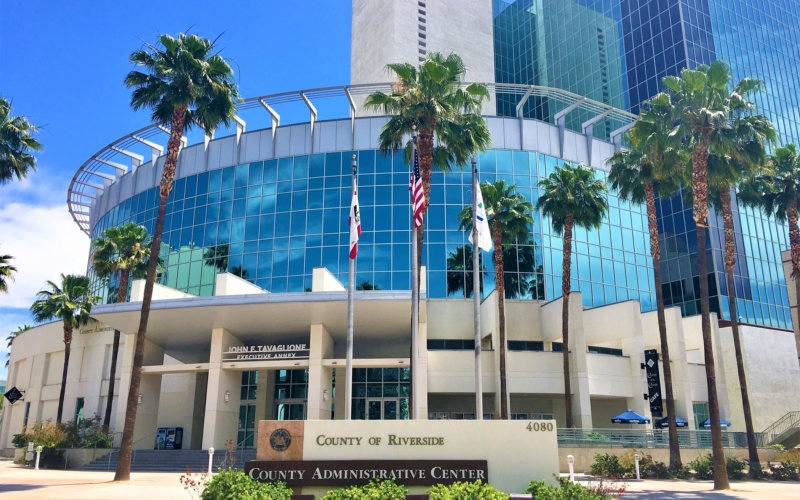By Davenport Institute for Public Engagement and Civic Leadership
As COVID-19 restrictions continue to lift, communities are able to come together again in-person after nearly a year of isolation and online interactions. Communities all over the country have worked hard over the past year to remain connected through various means of technological communication. In some cases, communities have become more interconnected than ever through virtual town halls and various other online resources.
Throughout that time, community-based organizations (CBOs) have served as a trusted point of contact for local government officials to communicate and provide resources to individuals in their communities. CBOs are non-profit organizations that are created to meet the functional needs of specific groups in a community. They are locally formed and operated, therefore they are limited to the resources available in their communities at a given time.
To their advantage, CBOs are specialized in nature and offer public administrators direct connections to specific groups and individuals in the community. In turn, CBOs also provide a way for citizens to get involved and volunteer in public service projects.
CBOs have served as crucial middlemen in delivering services and resources to individuals throughout the COVID-19 pandemic. Recent studies have found that CBOs play a key role in addressing social needs in partnership with local healthcare systems. Research from the National Academies of Sciences Engineering and Medicine shows that: “effective partnerships and contracts between health care organizations and CBOs are an important way to improve the overall health and well-being of the individuals and communities served by each organization.”
In California alone, over $85 million has been funded to aid community-based organizations in supporting local outreach and vaccine adoption. CBOs have been successful in distributing higher numbers of vaccines to communities of color by offering more convenient locations in neighborhoods with higher populations of minority groups. CBOs like local churches have helped provide a more equitable allocation of vaccines as well. Citizens are more likely to get vaccinated when they hold prior trust in the organization that is distributing community services.
Local Churches in the Bay Area have also partnered with counties and pharmacies to distribute vaccines to communities of color in their area. Churches such as Iglesia Fuente de Salvacion in San Pablo have been able to reach individuals who may be affected by the digital divide or are unable to access appointments at larger distribution centers.
Similarly, in Riverside County, the local government partnered with faith-based communities and other community-based partners such as the Training Occupational Development Educating Communities (TODEC) to equitably distribute vaccines. These partnerships have allowed community members to provide vaccines directly to local farm workers in the Easern Coachella Valley.
The Community Health Plan of Washington (CHPW) recently announced that it was donating $250,000 to 25 community-based organizations, with each receiving $10,000. The goal is to improve health outcomes for communities that are struggling, which led the CHPW to partner with organizations like the Korean Women’s Association, Community for the Advancement of Family Education, Latino Community Fund, and more. This not only equips local CBOs with financial resources, but builds trust with various communities who may otherwise feel neglected and discouraged.
These examples show how partnerships with CBOs have been crucial in providing community health care services. Local churches, schools, neighborhood committees, food pantries, community action groups, and other non-profit organizations have been key actors in distributing public services and information to local community members, especially those in underrepresented communities.
As COVID-19 restrictions continue to ease, local government officials should continue to reach out and involve community-based organizations in the distribution of public services and building relationships. Local officials are encouraged to attend local meetings and events for CBOs and call upon organization leaders for assistance to encourage more equitable public engagement practices.





